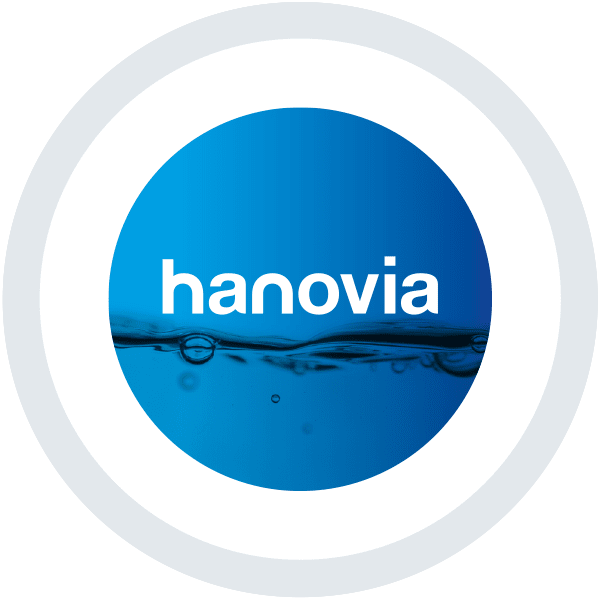
Leading ultraviolet (UV) disinfection technology provider Aquionics has strengthened its support of the expanding Latin American market with the appointment of a new sales manager for the region. Gustavo Basurto takes on the position, with responsibility for providing efficient and reliable water and wastewater treatment solutions across a wide range of applications. Mr Basurto has
The development of Palintest’s sensor technology over the years has changed the fundamentals of portable water testing, offering a fast and reliable technique for field water analysis

by Ying Xu -Technical Sales Manager – Palintest The majority of food and beverage manufacturing facilities rely on a municipal water supply for cleaning, process water, ingredient water and other uses. For many applications, it is necessary to remove the residual chlorine from the municipal water supply because it can affect the taste and flavor

Charlotte, NC (1st October, 2017) – Aquionics has launched a new low-pressure UV disinfection system for the treatment of municipal drinking water, re-use and waste water. The easy-to-install AmaLine UV range has been third-party validated, in line with US EPA and NWRI guidelines. It provides effective treatment, while reducing lifecycle costs through being simple to

Charlotte, NC (August 16th, 2017) − Aquionics, a leading provider of ultraviolet (UV) disinfection technology is to unveil a new US EPA and NWRI-validated energy efficient UV system for municipal waste water and reuse water applications at WEFTEC 2017. The water quality exhibition in Chicago, will provide the first opportunity to see the new AmaLine

by Bob English UV light, especially in the wavelength range of 200-280 nm, is well documented to provide excellent water disinfection. So, with the technology seen to be so effective, why might it be important to have a UV system validated? As you might expect, most of the studies on UV disinfection have focused on

by Dan Shaver, May 2017 The value of accurately measuring UV Transmittance (UVT) when sizing a new UV disinfection system cannot be underestimated (see previous blog on the importance of UVT). Using an accurate UVT value during the sizing and operation of new UV equipment can have a direct impact on both energy consumption and

By Brian Grochowski The use of membrane technology is common practice within the food, beverage and pharmaceutical industries. Membrane systems play an important role in purifying water, ingredient water, water reuse and recycling. While these systems are very reliable and produce consistent results, correct maintenance and monitoring of the membranes is essential to ensure optimal

by Brian Grochowski In 2006, the United States Environmental Protection Agency (EPA) issued the Ultraviolet Disinfection Guidance Manual (UVDGM) which provides technical information on the application of ultraviolet (UV) light for the disinfection of drinking water by public water systems. While the UVDGM has its roots in municipal water treatment, it has found its way

Using ultraviolet light reduces maintenance and lifecycle costs of water treatment Erlanger, KY (April 25th, 2017) – Ultraviolet (UV) ) disinfection technology specialist Hanovia and the Industrial Division of its US sister company Aquionics, are to host a webinar aimed at helping manufacturers optimise the removal of chlorine within their water treatment operations. The 60-minute














 沪公网安备 31011202013557号
沪公网安备 31011202013557号